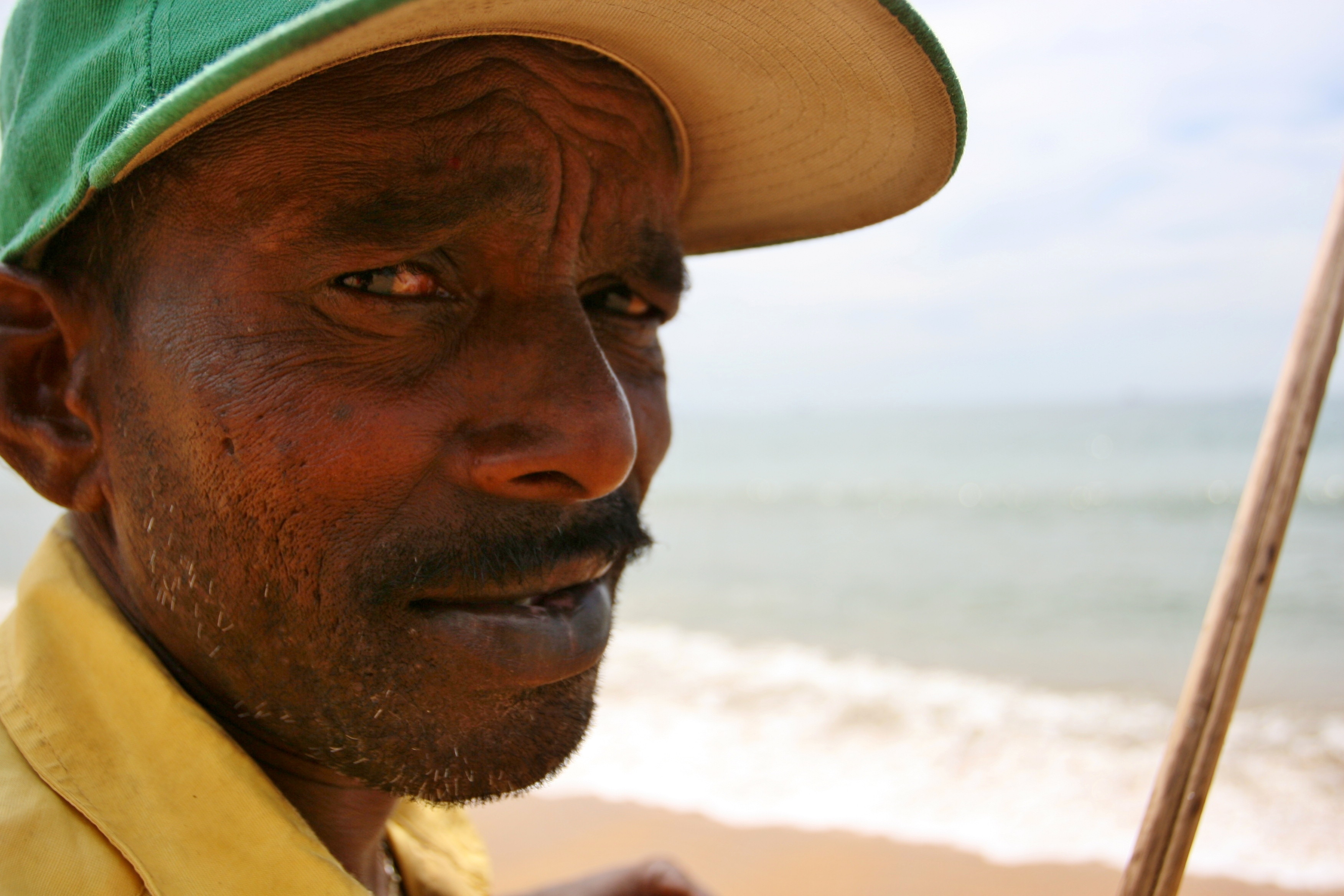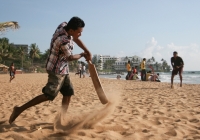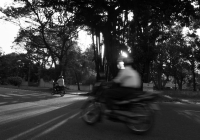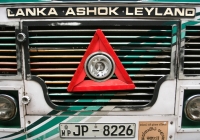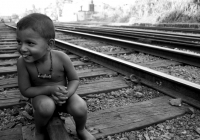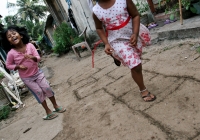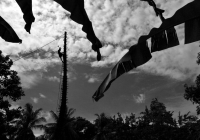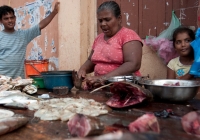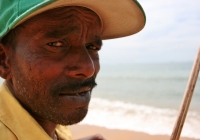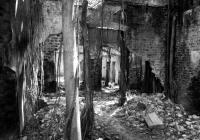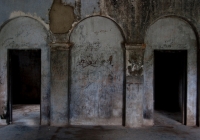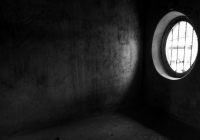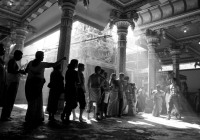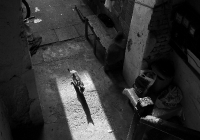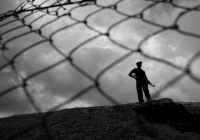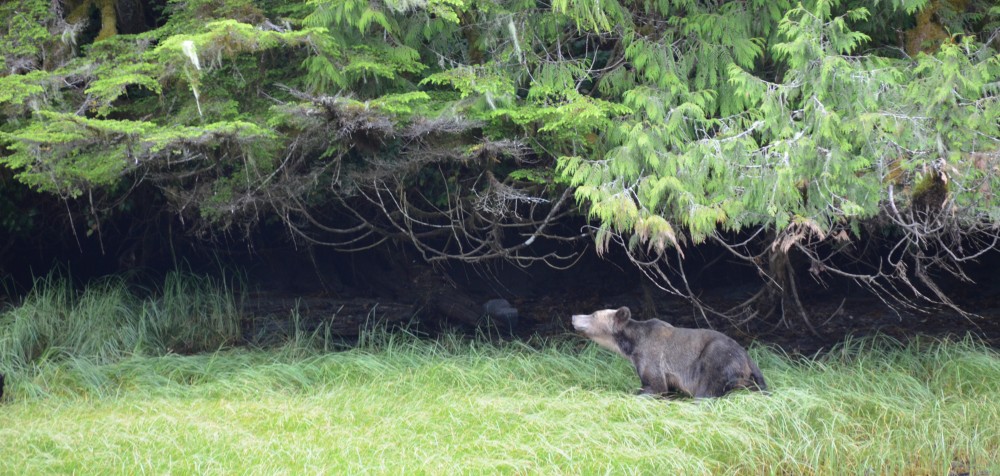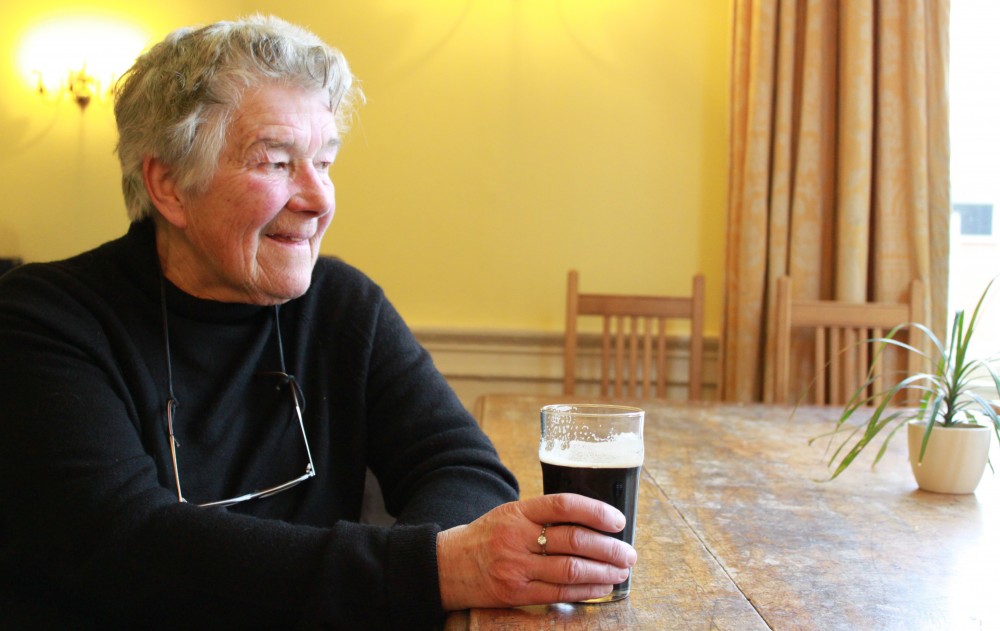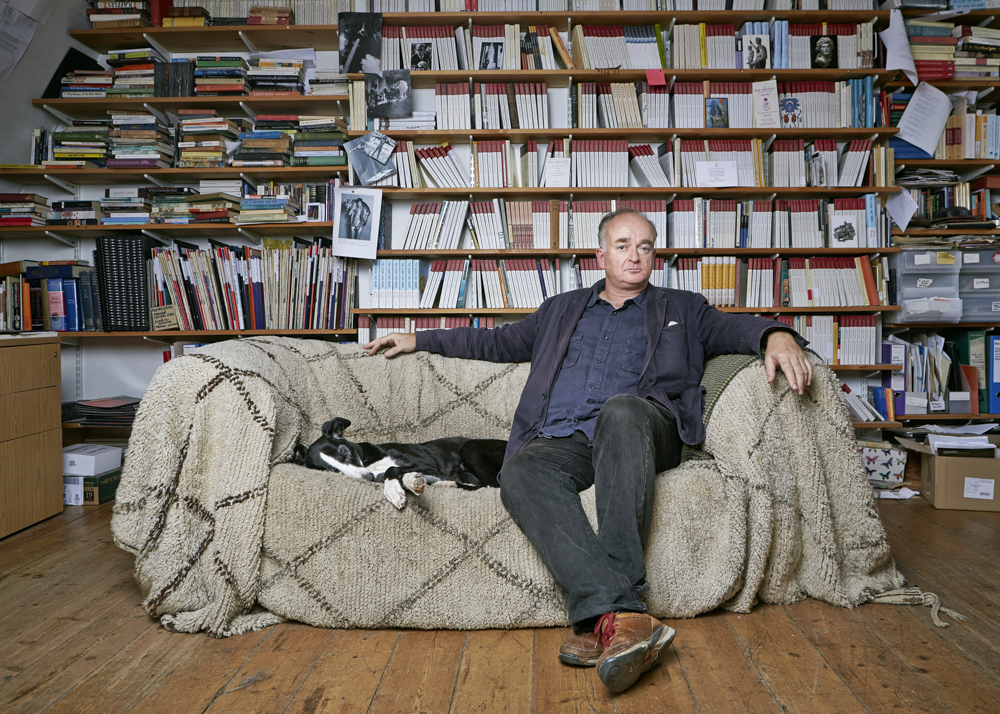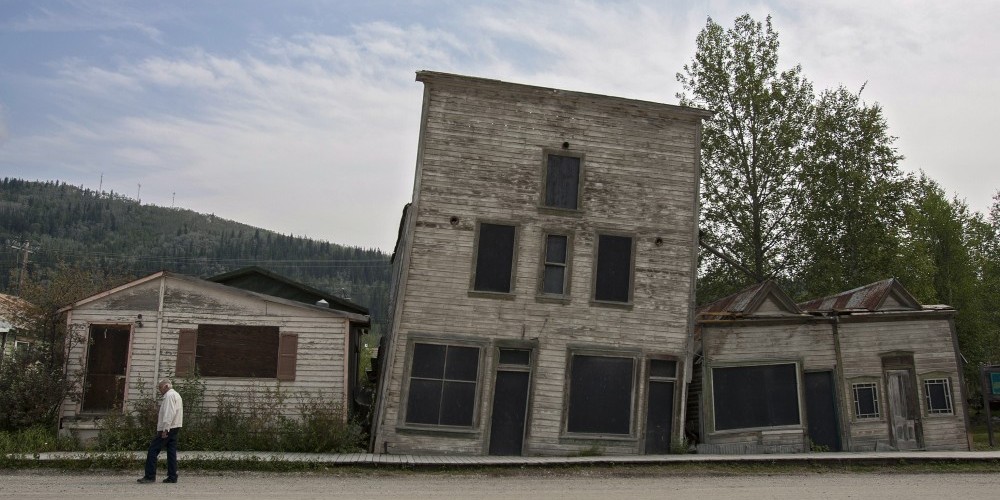My family and I moved to Sri Lanka in 2006, two years after the 2004 tsunami that left a quarter of the country devastated, and at the beginning of a resurgence of violence in the already two-decade old civil war. I witnessed the bombing of Colombo by LTTE planes, felt the walls of my school shudder as a suicide bomber detonated 400 meters from my classroom and became accustomed to seeing combat-clad soldiers standing on every street-corner, bayoneted AK-47’s slung across their backs.
I returned to Sri Lanka in 2011 to find a country in the midst of considerable change. It is currently in the grip of a multitude of contradictory forces while attempting to transition from the 3rd to the 2nd world. While the street corners of Colombo are no longer populated with soldiers, the military is still present though more difficult to spot: behind tall concrete fences topped with razor wire, semi-hidden in the shadows of doorways and on secluded hilltops of no apparent significance.
Sri Lanka’s President, Mahinda Rajapaksa, oversaw a change in the constitution to allow for unlimited terms of office and has been grooming his son for succession. While officially a democracy, the political reality is one that closely resembles a dictatorship. According to Reporters Without Borders, Sri Lanka currently occupies 162nd place on a list of 179 countries measured for the freedom of their press. It has relied heavily on loans from China to finance its recent growth; a relationship that presents complications both economically and politically for such a small country situated so close to India. There are also many who fear for the future of the Tamil minority in Sri Lanka after the majority Sinhalese government won the war against the Liberation Tigers of Tamil Eelam. Reports of disappearances and kidnappings have not disappeared with the end of the war.
This said, I also experienced the Sri Lanka that I had grown to love. The noisy, bustling markets where fruit, vegetable and fish vendors come to sell their wares; the notoriously crowded Lanka Ashok Leyland buses where near-death experiences happen every few minutes; people of all ages playing cricket in every available alleyway, soccer field, beach or pasture. These are just a few of the things that make Sri Lanka unique and wonderful; aspects of life that have been flourishing as a result of peace.
Gabriel Ellison-Scowcroft is a photojournalist currently living and studying in Montréal. He has worked on photographic projects in Canada, Sri Lanka, India, South Africa and the United States as well as working for Independent Newspapers in South Africa. His work has been published in several newspapers and magazines, most notably The Argus and The Sunday Independent in South Africa.

